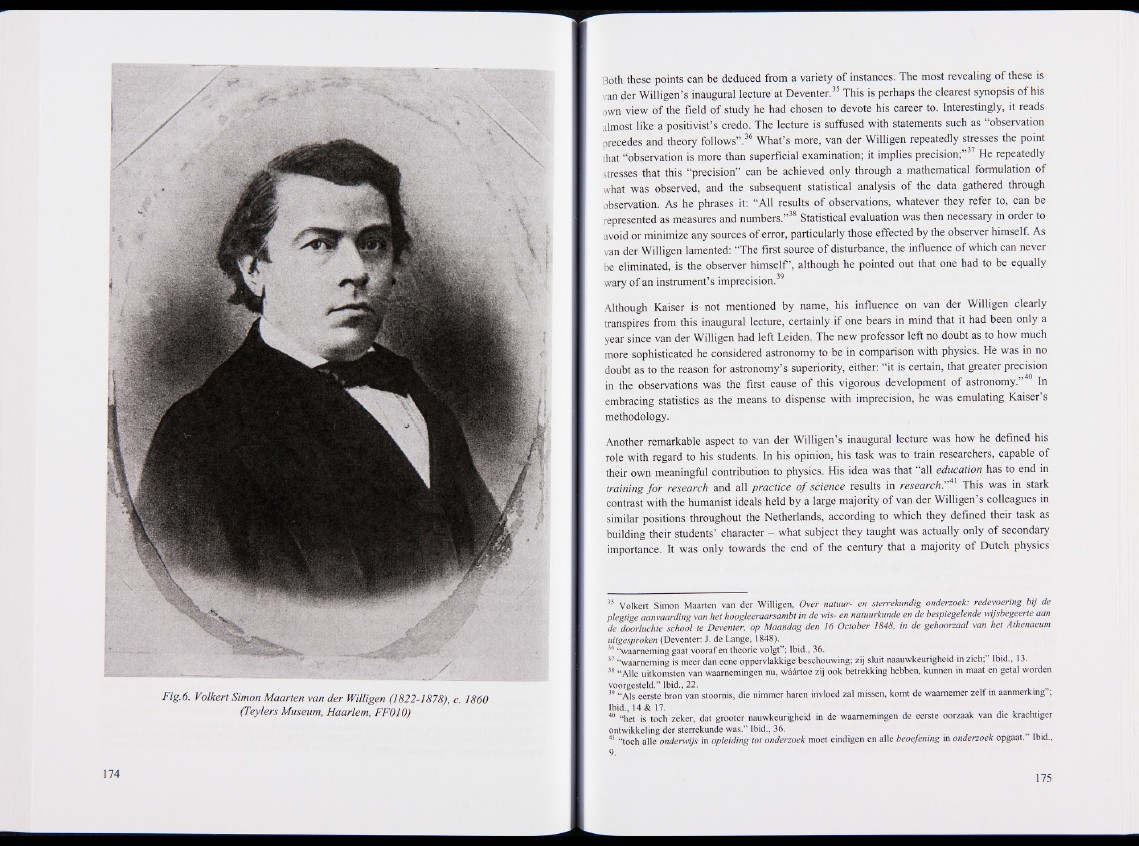
Fig. 6. Volkert Simon Maarten van der Willigen (1822-1878), c. 1860
(Teylers Museum, Haarlem, FF010)
Both these points can be deduced from a variety of instances. The most revealing of these is
van der Willigen’s inaugural lecture at Deventer.35 This is perhaps the clearest synopsis of his
own view of the field of study he had chosen to devote his career to. Interestingly, it reads
almost like a positivist’s credo. The lecture is suffused with statements such as “observation
precedes and theory follows”.36 What’s more, van der Willigen repeatedly stresses the point
that “observation is more than superficial examination; it implies precision;”37 He repeatedly
stresses that this “precision” can be achieved only through a mathematical formulation of
what was observed, and the subsequent statistical analysis of the data gathered through
observation. As he phrases it: “All results of observations, whatever they refer to, can be
represented as measures and numbers.”38 Statistical evaluation was then necessary in order to
avoid or minimize any sources of error, particularly those effected by the observer himself. As
van der Willigen lamented: “The first source of disturbance, the influence of which can never
be eliminated, is the observer himself’, although he pointed out that one had to be equally
• • 39 wary of an instrument’s imprecision.
Although Kaiser is not mentioned by name, his influence on van der Willigen clearly
transpires from this inaugural lecture, certainly if one bears in mind that it had been only a
year since van der Willigen had left Leiden. The new professor left no doubt as to how much
more sophisticated he considered astronomy to be in comparison with physics. He was in no
doubt as to the reason for astronomy’s superiority, either: “it is certain, that greater precision
in the observations was the first cause of this vigorous development of astronomy.” In
embracing statistics as the means to dispense with imprecision, he was emulating Kaiser’s
methodology.
Another remarkable aspect to van der Willigen’s inaugural lecture was how he defined his
role with regard to his students. In his opinion, his task was to train researchers, capable of
their own meaningful contribution to physics. His idea was that all education has to end in
training for research and all practice o f science results in research.”41 This was in stark
contrast with the humanist ideals held by a large majority of van der Willigen s colleagues in
similar positions throughout the Netherlands, according to which they defined their task as
building their students’ character! what subject they taught was actually only of secondary
importance. It was only towards the end of the century that a majority of Dutch physics
35 Volkert Simon Maarten van der Willigen, Over natuur- en sternkundig onderzoek: redevoering bij de
plegtige aanvaarding van het hoogleeraarsambt in de wis- en natuurkunde en de bespiegelende wijsbegeerte aan
de doorluchte school te Deventer, op Maandag den 16 October 1848, in de gehoorzaal van het Athenaeum
uitgesproken (Deventer: J. de Lange, 1848).
30 “waarneming gaat vooraf en theorie volgt”; Ibid., 36.
37 “waarneming is meer dan eene oppervlakkige beschouwing; zij sluit naauwkeurigheid in zieh, Ibid., 13.
38 “Alle uitkomsten van waamemingen nu, wäärtoe zij ook betrekking hebben, kunnen in maat en getal worden
voorgesteld.” Ibid., 22. . n
39 “Als eerste bron van stoomis, die nimmer hären invloed zal missen, komt de waamemer zelf in aanmerkmg ;
Ibid., 14 & 17. .
40 “het is toch zeker, dat grooter nauwkeurigheid in de waamemingen de eerste oorzaak van die krachtiger
ontwikkeling der sterrekunde was.” Ibid., 36. _
41 “toch alle onderwijs in opleiding tot onderzoek moet eindigen en alle beoefening in onderzoek opgaat.” Ibid.,
9.